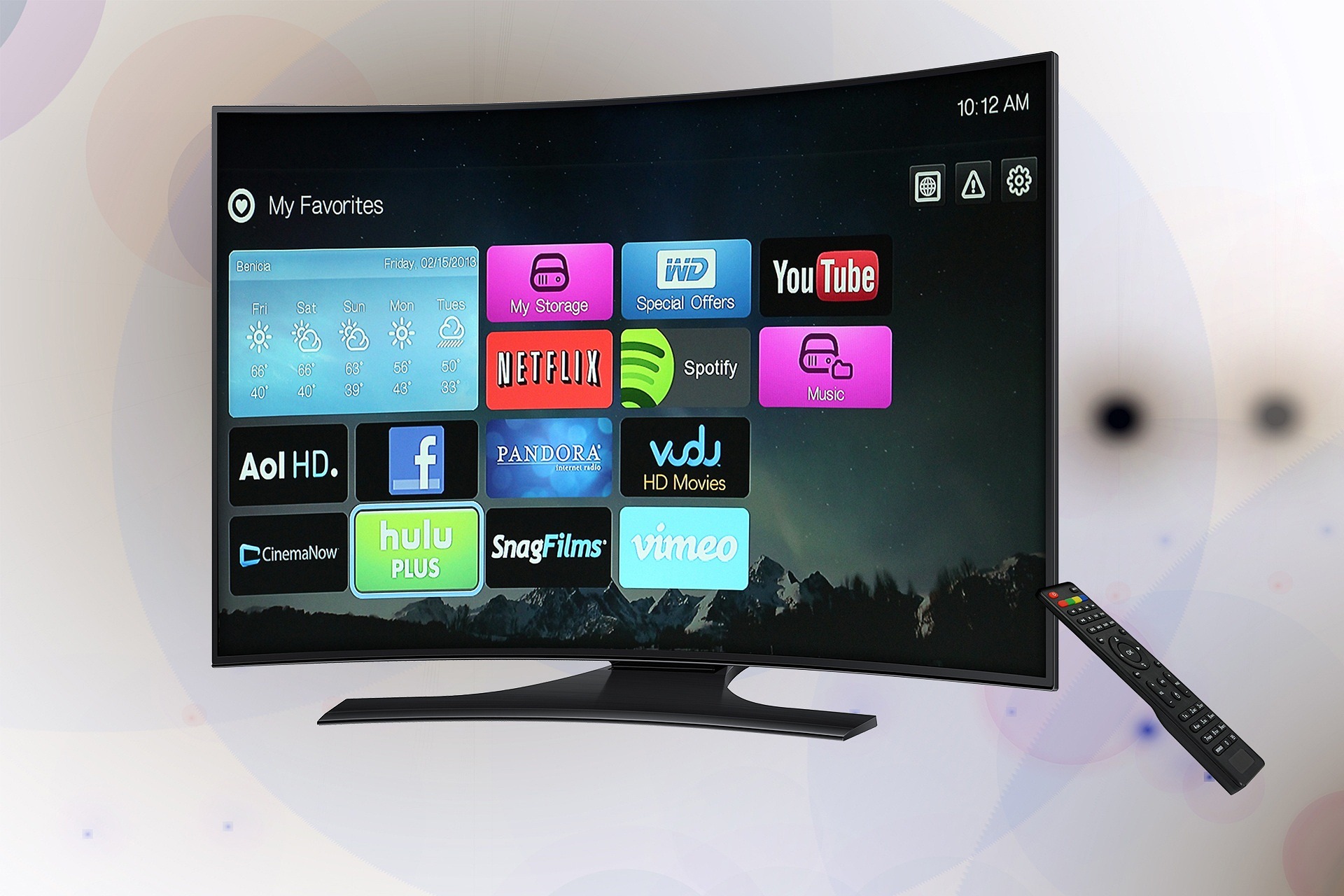Smart TV Deals With No Upfront Cost
Smart TVs continue to grow in popularity as more people look for advanced features like streaming, voice control, and high-definition displays. For those seeking flexible options, some providers now offer installment-based plans that allow the purchase of a Smart TV without paying the full amount upfront. These "buy now, pay later" options often come with set terms and eligibility requirements, making it important to understand the details before committing. Depending on the provider, consumers may be able to spread payments over several months, sometimes with no added interest during the introductory period. This approach is commonly used by individuals looking to upgrade their home entertainment systems while managing budgets more efficiently. It’s essential to compare terms, read policies, and check for any fees before proceeding. As more retailers offer flexible purchase plans, the accessibility of Smart TVs is evolving.
What are Smart TV deals with no upfront cost?
Smart TV deals with no upfront cost, also known as “buy now, pay later” (BNPL) plans, are financing options that allow consumers to take home a Smart TV without paying the full price immediately. These deals typically involve spreading the cost of the TV over a series of monthly payments, making it easier for buyers to manage their budgets while still enjoying the latest technology. Retailers and manufacturers often partner with financial institutions to offer these plans, which can vary in terms of duration, interest rates, and eligibility requirements.
How do installment options for Smart TVs work?
Installment options for Smart TVs generally function as a form of short-term financing. When a customer chooses this payment method, they agree to pay for the TV in fixed monthly installments over a predetermined period, usually ranging from 3 to 24 months. The process typically involves:
-
Selecting a Smart TV and choosing the installment plan at checkout
-
Undergoing a quick credit check (in some cases)
-
Agreeing to the terms and conditions of the plan
-
Making regular monthly payments until the TV is paid off in full
It’s important to note that while many plans offer 0% interest for an introductory period, interest may be charged if the balance is not paid within the specified timeframe.
What are the benefits of buy now, pay later TV plans?
Buy now, pay later TV plans offer several advantages to consumers:
-
Immediate access to high-end Smart TVs without a large upfront investment
-
Better cash flow management by spreading costs over time
-
Opportunity to build credit history through regular payments (with some providers)
-
Potential to enjoy interest-free periods, making the purchase more affordable
-
Flexibility to upgrade to a better model that might otherwise be out of budget
These benefits make Smart TVs more accessible to a wider range of consumers, allowing more households to enjoy advanced entertainment features.
Are there any risks associated with flexible Smart TV payment choices?
While flexible payment options can be attractive, they come with potential risks that consumers should be aware of:
-
Overspending: The ease of obtaining a TV without upfront cost might lead to purchasing a more expensive model than initially planned.
-
Interest charges: If not paid off within the promotional period, high interest rates may apply.
-
Credit score impact: Late or missed payments can negatively affect credit scores.
-
Long-term commitment: Buyers are obligated to make payments for the duration of the plan, which could become burdensome over time.
-
Hidden fees: Some plans may include application fees, late payment charges, or early repayment penalties.
It’s crucial for consumers to carefully read and understand all terms and conditions before committing to a flexible payment plan.
What should you consider before choosing a Smart TV installment plan?
Before opting for a Smart TV installment plan, consider the following factors:
-
Total cost: Calculate the full amount you’ll pay over the life of the plan, including any interest or fees.
-
Interest rates: Look for plans with 0% interest periods and understand what rates apply afterward.
-
Repayment term: Choose a plan duration that fits your budget and financial goals.
-
Provider reputation: Research the credibility of the BNPL provider offering the plan.
-
Early repayment options: Check if you can pay off the TV early without penalties.
-
Impact on credit score: Understand how the plan may affect your credit history.
-
TV warranty and return policy: Ensure these are not compromised by choosing an installment plan.
By carefully evaluating these aspects, you can make an informed decision that aligns with your financial situation and entertainment needs.
How do different providers compare in their Smart TV financing options?
When considering Smart TV financing options, it’s helpful to compare offerings from various providers. Here’s a comparison of some popular options available in the market:
| Provider | Interest Rate | Term Length | Credit Check Required | Late Fee |
|---|---|---|---|---|
| Affirm | 0-30% APR | 3-36 months | Yes (soft pull) | No |
| Klarna | 0-24.99% APR | Up to 36 months | Yes | Up to $7 |
| PayPal Credit | 0% for 6 months on $99+ | Revolving | Yes | Up to $40 |
| Amazon.com Store Card | 0% for 12-24 months | 12-24 months | Yes | Up to $40 |
| Best Buy Card | 0% for 6-24 months | 6-24 months | Yes | Up to $40 |
Prices, rates, or cost estimates mentioned in this article are based on the latest available information but may change over time. Independent research is advised before making financial decisions.
In conclusion, Smart TV deals with no upfront cost offer an attractive option for consumers looking to enjoy advanced television technology without a significant initial investment. These flexible payment choices can make high-end Smart TVs more accessible, but they also require careful consideration of terms, interest rates, and long-term financial implications. By thoroughly researching available options and understanding the commitments involved, consumers can make informed decisions that align with their entertainment desires and financial capabilities.







